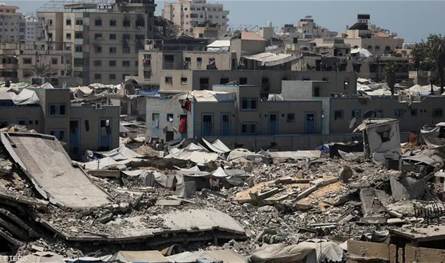The most dangerous leak: Iran is on the verge of strategic armament that will confuse Washington and Tel Aviv

A group of documents leaked from within the Russian state company Rostec sparked widespread controversy, after it reportedly revealed a huge arms deal between Moscow and Tehran to sell 48 advanced Sukhoi-35 fighter planes. This information published by the hacker group “Black Mirror” comes after years of rumors about Russia’s intention to supply Iran with advanced fourth-generation aircraft, which did not materialize in the past.
The documents, numbering more than 300 internal files, detail contracts, prices, and delivery schedules, and refer to “Agent 364,” who is believed to represent Iran. According to the leaks, the value of the deal reaches $686 million, with a delivery plan in stages between 16 and 48 months, which means that the first plane may arrive in Iran in 2026, and the last by 2028. The deal includes advanced equipment such as the “Khibiny-M” electronic warfare systems, in addition to various ammunition, navigation devices, and modern Avionics.
The “Sukhoi-35” aircraft is considered one of the latest Russian fighters: dual-engine, multi-mission, highly maneuverable, equipped with the “Irbis-E” radar capable of tracking multiple targets simultaneously, and capable of carrying up to 8 tons of ammunition, including air-to-air and air-to-surface missiles and guided bombs. It is designed to compete with Western aircraft such as the American F-15 and the European Eurofighter Typhoon.
In the strategic context, military experts believe that this step – if achieved – will constitute a qualitative shift for the Iranian Air Force, which currently relies on an old and limited fleet, many of which were damaged or destroyed in previous confrontations with Israel. This weakness was particularly evident during the recent war with Israel, where Iranian aircraft failed to confront the raids, and some pilots were forced to withdraw eastward, away from the battlefield.
But analysts warned that possessing these fighters alone is not enough to change the balance of power. It requires years of training, the development of a new combat doctrine, and the rehabilitation of infrastructure and appropriate maintenance, so that Iran can take full advantage of the capabilities of the Su-35.
The deal, if confirmed, shows the deepening of the military alliance between Russia and Iran under pressing geopolitical circumstances: Moscow is suffering under harsh Western sanctions due to the Ukraine war, while Tehran faces an escalation with the United States and Israel. It also comes after other prominent agreements, such as Russia’s construction of four nuclear plants in Iran worth $25 billion.
In addition, some observers question the timing of the leak of the documents, considering that it may be linked to an attempt by an international intelligence agency to thwart or disrupt the deal, especially since any enhancement of Iran’s air capabilities will be seen as a direct threat in the future. The Middle East.
If the deal is actually implemented, it will be the first time in decades that the Iranian army will obtain new fighters of this level, which may give it military momentum unprecedented since the 1980s. However, Iran’s success in transforming this deal into an actual deterrent force will remain dependent on its ability to integrate these aircraft into its combat system efficiently and to overcome the logistical and technical obstacles that usually hinder the modernization of its armed forces.
The post The most dangerous leak: Iran is on the verge of strategic armament that will confuse Washington and Tel Aviv appeared first on 961 today Lebanon today.










